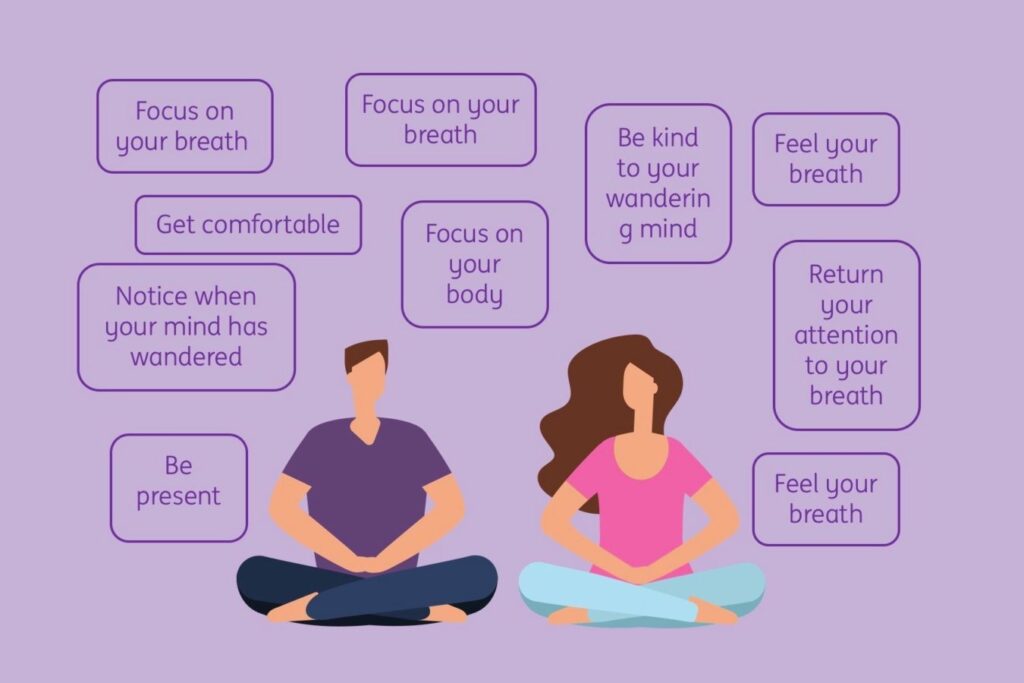Improve your focus

Making your brain fit for focused work is like training for a marathon. You decide you want to run a marathon, you run a bit every day, the first week or so is not that great, but then you get fitter, it gets easier, and gradually you build the muscles and technique you need.
Similarly, improving your focus takes work, but it is an investment that pays off, especially if you suffer from slack attention muscles.
Here are four proven ways that can help you strengthen you focus muscle;
Play brain training games
Play brain training games, such as sudoku, crossword puzzles, chess, jigsaw puzzles, word searches or memory games. While they may not improve your memroy or working memory, they can help you improve your focus; research shows that 15 minutes a day, five days a week, can greatly enhance concentration. Even better, it is fun!
Brain game options
- Elevate (App) (iOS and Android)
- (online games) Agame offers a variety of fun games for focus and concentration at different levels. You can even compete with the kids…
- Peak brain training (App) (iOS and Android)
Practice peripheral vision

In his laboratory at Stanford University, neuroscientist Dr. Andrew Huberman investigates the effects of vision on our nervous system and stress levels.
Dr. Huberman and his colleagues found out that we spend the greatest majority of the day focusing on a single item, such as the computer screen, our phone or a person (if we are lucky enough to have a face to face meeting these days). This form of focused vision is extremely energy demanding. Practiced without appropriate breaks, it increases stress levels, consumes a lot of energy and tires us out.
The counterbalance to highly focused vision is what he calls panoramic vision, also named peripheral vision. With peripheral vision, you practice the opposite: you relax your gaze, look out as far as possible and aim to focus on nothing in particular. Without moving your eyes or neck, you will notice a much wider field of vision, from one corner of the eye to the other and you may even be able to glimpse your own body.
Peripheral vision gives the focused brain a much needed break, calms the nervous system, restores balance and helps us re-focus when we return to tunnel vision, directed at the object(s) right in front of us. It is the essential balancing act for a day full of convergent – and tiring – vision aimed at a single point.
Check out Dr. Huberman’s clear explanation on the two types of vision and how to practice panoramic vision here (00:00-05:30)
Give meditation a try

Think about meditation as a form of mental exercise, an active process that involves intentionally focusing your attention while creating a distance from the constant stream of thought. In other words, meditation is in and of itself a focus-training act, with the added advantage of increased mental calm.
There are many different ways to meditate; several forms of meditation involve some sort of visualization, others focus on the breathing, while others still include the repetition of a sound or a mantra. The common denominator to all approaches is similar. You learn to:
- pay attention to your stream of thought;
- notice when your attention drifts off;
- gently return your attention to your thoughts.
Meditation is a powerful meta-skill. Ultimately, it can make you better at just about anything you do. It can improve your key executive functions within eight weeks of daily practice. Over time, it strengthens key structures and pathways in your brain, giving you more control over your mind (and by extension, over your life). It is this powerful impact that meditation has on brain performance and wellbeing that explains why the vast majority of world-class performers, in sports, science, art and business, have some form of meditation practice integrated in their everyday life.
Meditation tools
- Try apps such as Calm, Headspace or Buddhify.
- Browse YouTube and Spotify for free meditations. You can experiment with different types (e.g. with/out music, with/out guidance, different voices, different lengths) to find the style that suits you best.
- Join an online course – the commitment to the practice may help.